Exploring the 2025 Tech Trends in CNC Metal Machining: Innovations Driving Industry Efficiency
As we look ahead to 2025, the landscape of CNC metal machining is poised for transformative advancements that promise to enhance efficiency and productivity across the industry. Recent reports indicate that the global CNC machining market is projected to reach $100 billion by 2025, driven by the increasing demand for precision engineering and automation. Innovations such as artificial intelligence, IoT integration, and advanced materials are at the forefront of this evolution, enabling manufacturers to streamline operations and reduce costs significantly.
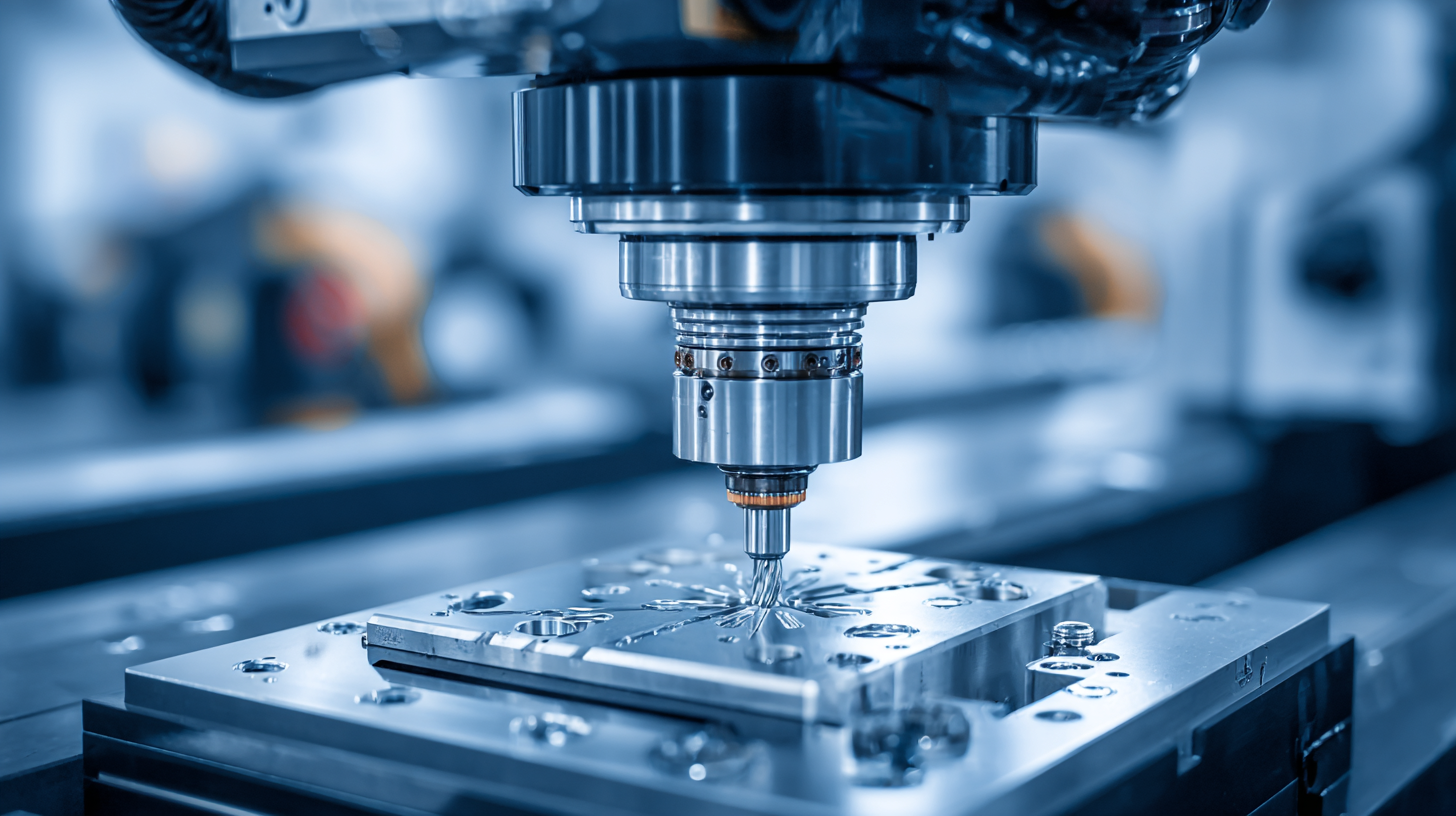
These technological trends not only improve product quality but also facilitate better resource management, ultimately revolutionizing traditional machining processes. In this exploration of upcoming tech trends, we will delve into the innovations shaping the future of CNC metal machining and how they will redefine operational standards in the manufacturing sector.
Exploring the Impact of AI and Machine Learning on CNC Metal Machining Efficiency
As we dive into the world of CNC metal machining, the impact of Artificial Intelligence (AI) and Machine Learning (ML) emerges as a game-changer in enhancing operational efficiency. AI algorithms can analyze vast amounts of data generated during machining processes, enabling manufacturers to identify patterns and potential areas for improvement. This data-driven approach not only optimizes cutting parameters but also helps in predictive maintenance, thereby reducing downtime and increasing productivity.
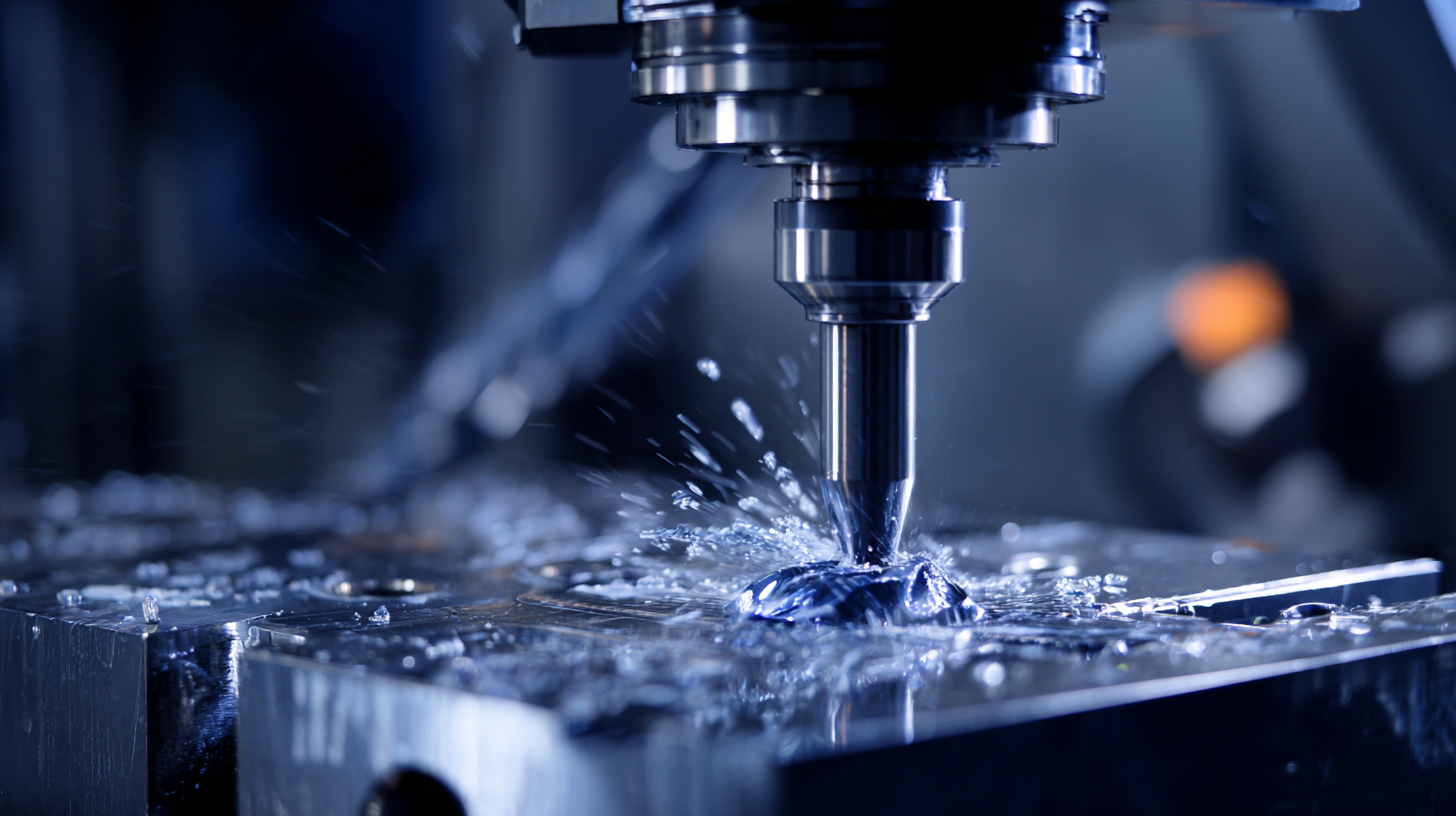
Moreover, Machine Learning empowers CNC systems to adapt in real-time to varying conditions on the shop floor. By continuously learning from previous machining cycles, these systems can make autonomous adjustments to ensure optimal performance. This adaptability not only streamlines production workflows but also minimizes material waste, making operations more sustainable. As we look to the future, the integration of AI and ML into CNC metal machining is set to redefine industry standards, driving efficiency, precision, and innovation like never before.
The Role of Advanced Materials in Enhancing CNC Machining Processes
The realm of CNC metal machining is on the brink of remarkable advancements, largely propelled by the integration of advanced materials. These materials are not only changing the way components are manufactured, but they are also enhancing the precision and efficiency of machining processes. For instance, the introduction of high-strength alloys and composites allows manufacturers to push the boundaries of design and performance, enabling the production of lighter, yet more durable parts. This shift not only minimizes material waste but also streamlines production timelines, as these advanced materials can often withstand higher tolerances and speeds.
Moreover, the role of coatings and surface treatments—such as ceramic or diamond-like carbon (DLC) coatings—has become increasingly significant in CNC machining. These enhancements improve wear resistance and reduce friction, thus extending the lifespan of cutting tools and minimizing downtime for maintenance. As industries demand more complex geometries and finishes, the incorporation of these advanced materials into CNC machining processes is essential for staying competitive. With the ongoing exploration of innovative materials, the future of CNC machining looks bright, driving greater efficiency and productivity across the board.
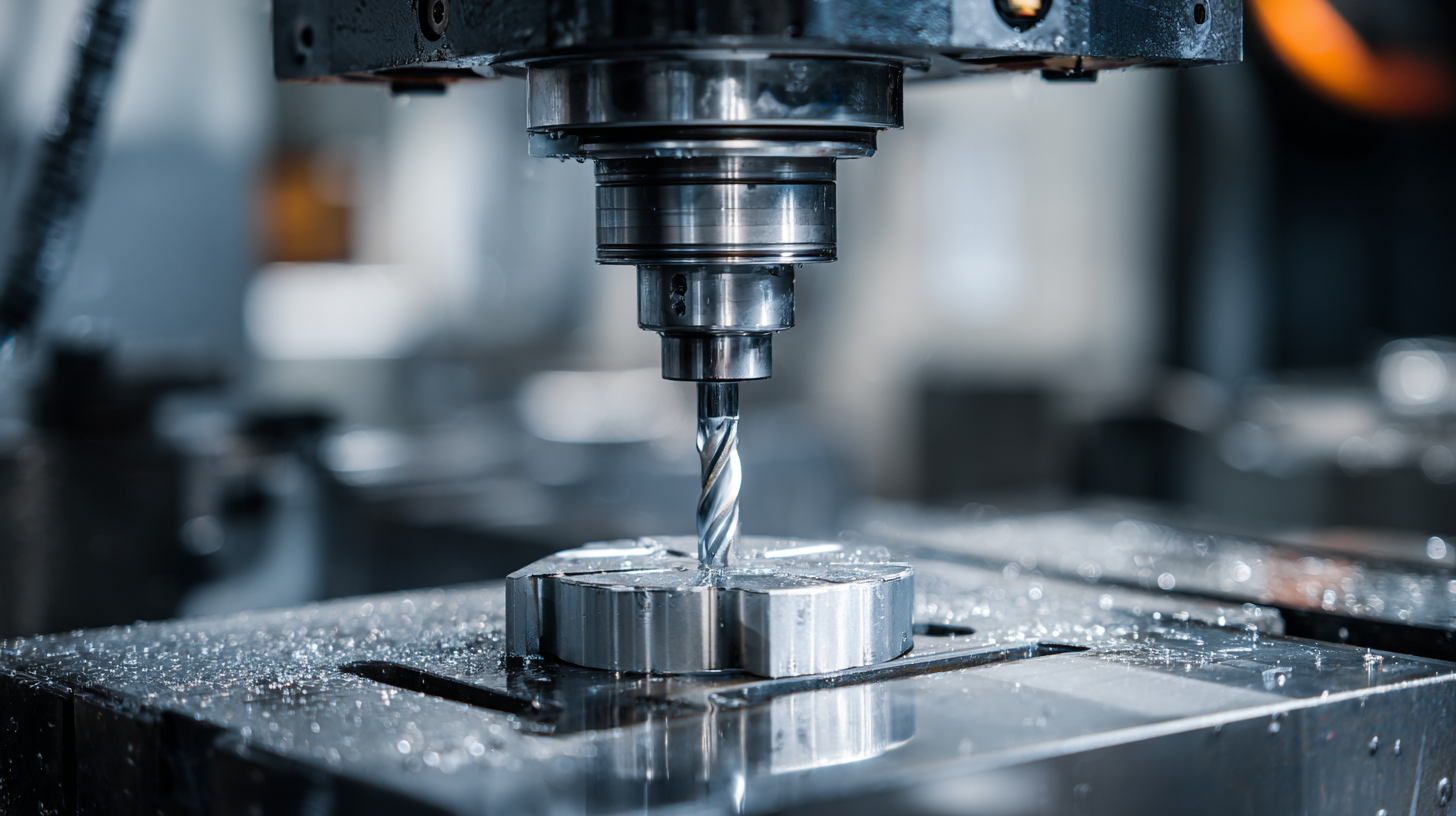
Evaluating the Shift Towards Automation in CNC Metal Machining Operations
The integration of automation in CNC metal machining operations marks a significant shift towards improved efficiency and productivity in the manufacturing sector. As companies seek to streamline their processes, robots are increasingly utilized to load and unload raw materials, workpieces, and finished parts onto CNC machines. This not only reduces labor costs but also enhances the precision and consistency of operations, allowing manufacturers to meet growing demand with minimal errors.
When considering the implementation of autonomous mobile robots (AMRs), it's essential to assess their technical feasibility. Engaging with experts in the field can provide crucial insights into how these systems can be integrated into current workflows. For instance, an effective AMR deployment strategy involves evaluating existing processes, identifying key touchpoints where automation can add value, and ensuring the necessary infrastructure is in place.
Tip: Start small by automating specific tasks within your CNC operations before scaling up to full automation. This phased approach allows you to refine your processes while minimizing disruption. Another tip is to leverage data analytics to monitor performance and adjust operations dynamically; this can significantly enhance decision-making and operational efficiency.
Sustainability Innovations: Reducing Waste in CNC Machining Practices
As the CNC metal machining industry embraces the future, sustainability innovations are at the forefront of reducing waste and enhancing efficiency. A recent report from the National Institute of Standards and Technology (NIST) highlights that as much as 20-30% of material can be wasted during traditional machining processes. New techniques such as additive manufacturing and advanced blade design aim to minimize waste, suggesting that companies can save substantial costs while aligning with eco-friendly practices.
One effective approach is to implement closed-loop systems, which not only recycle materials but also improve operating efficiency. By using real-time data analytics, manufacturers can monitor their processes to identify areas where waste can be reduced. According to a study published in the Journal of Manufacturing Science and Engineering, companies that adopted such systems reported an average waste reduction of 25% within the first year.
Tip: Consider investing in CNC machines that support both subtractive and additive manufacturing processes. This flexibility will help consolidate operations and minimize excess waste, paving the way for both economic and environmental benefits. Additionally, regularly scheduled maintenance of equipment can prevent malfunctions that lead to production inefficiencies, further supporting sustainability goals.
Assessing the Economic Impact of 5G and IoT on CNC Industry Productivity
The advent of 5G and the Internet of Things (IoT) is set to redefine the landscape of CNC metal machining, significantly enhancing the productivity of the industry. As 5G technology rolls out, it brings unprecedented data transfer speeds and reduced latency, allowing CNC machines to communicate in real time. This seamless connectivity enables better monitoring and control of manufacturing processes, which can lead to quicker decision-making and improved operational efficiencies. A smart factory environment, equipped with IoT sensors, collects granular data from machines and tools, allowing operators to optimize performance and predict maintenance needs before issues arise.
Furthermore, the economic impact of integrating 5G and IoT in the CNC industry is substantial. By leveraging these technologies, companies can minimize downtime and waste, resulting in lower operational costs and higher throughput. Productivity gains stemming from improved machine connectivity and automation could translate to increased market competitiveness. Manufacturers adopting these innovations are likely to experience not only enhanced productivity but also a more agile response to market demands, leading to greater profitability. As the CNC industry embraces these technological advancements, the potential for economic growth in this sector is profound and transformative.
Exploring the 2025 Tech Trends in CNC Metal Machining: Innovations Driving Industry Efficiency
| Trend | Description | Expected Impact | Adoption Rate (2025) |
|---|---|---|---|
| 5G Connectivity | Enhanced machine communication for real-time data exchange. | Increase in operational efficiency by 30%. | 75% |
| IoT Integration | Smart devices enabling predictive maintenance and monitoring. | Reduction in downtime by 25%. | 80% |
| Artificial Intelligence | AI-driven optimization algorithms for process improvements. | Productivity increase of 15%. | 70% |
| Automation and Robotics | Deployment of collaborative robots in machining. | Labor cost reductions of 20%. | 65% |
| Cloud Computing | Utilizing cloud for data analytics and process control. | Improved data accessibility and workflow efficiency by 30%. | 60% |
Let's Build Together

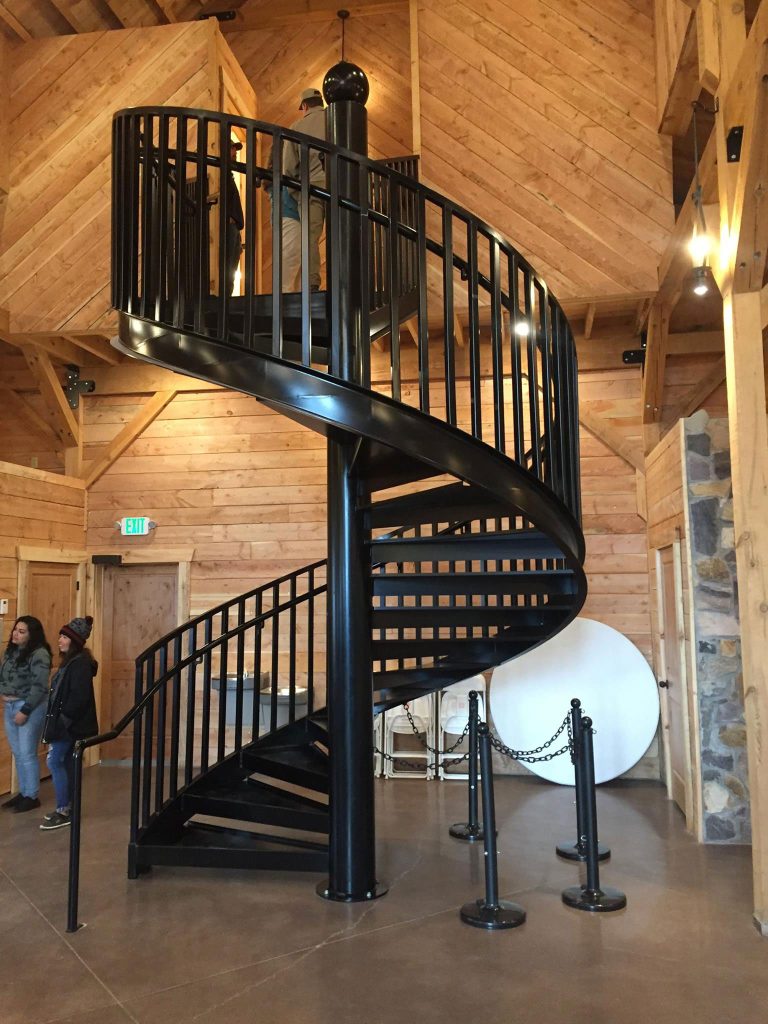

Contact Us: Call 435-563-3503
-OR- Fill in the form below and we will call you back.
